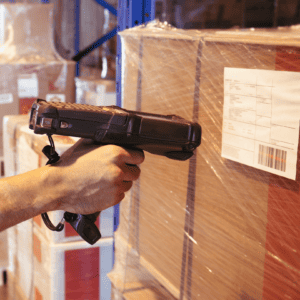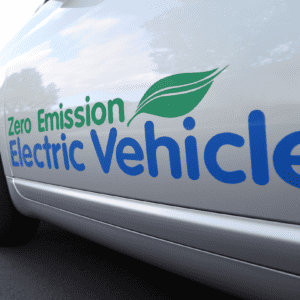Faceplates and Overlays
In the realm of transportation, where conditions can often be extreme and unpredictable, durable labels play a critical role. Whether affixed to vehicles, containers, or critical components, these labels must withstand a range of challenges, from fluctuating temperatures to exposure to harsh chemicals, moisture, and physical abrasion. In this blog, we delve into the significance of durable labels within the transportation industry and explore the crucial characteristics that make them indispensable.
The Importance of Durability

Transportation is a complex network that operates in diverse environments. Labels used in this sector must endure a wide array of circumstances, from scorching heat to freezing cold, and from relentless vibrations to corrosive substances. Consider a scenario where shipping containers traverse continents, enduring temperature variations from the blistering heat of the desert to the icy cold of arctic regions. Labels on these containers need to remain legible and intact throughout this journey to ensure accurate tracking, compliance, and safety.
Challenges and Solutions
- Extreme Temperatures: Labels subjected to extreme temperatures can experience adhesive failure or material degradation. Employing materials specifically engineered to withstand high or low temperatures, such as polyester or vinyl, ensures labels remain adhered and readable.
- Chemical Exposure: Transportation often involves contact with various chemicals like fuels, oils, or cleaning agents. Labels utilizing chemical-resistant coatings or materials like polypropylene are pivotal in withstanding such exposures without smudging or disintegration.
- Moisture and Humidity: Water and humidity can be detrimental to labels, causing ink bleeding or paper deterioration. Waterproof and moisture-resistant materials like synthetic papers or laminates provide a shield against these elements.
- Physical Wear and Tear: Labels are subject to physical abrasion during transportation, which can fade or damage information. Tough, abrasion-resistant materials or coatings significantly prolong label life under such conditions.
Compliance and Safety

In the transportation industry, compliance with regulatory standards and ensuring safety are non-negotiable. Durable labels that remain intact and legible even under extreme conditions are indispensable for regulatory compliance, especially in sectors like hazardous materials transportation, where accurate labeling is crucial for the safety of handlers and the environment.
Innovations Driving Durability
Advancements in label manufacturing have led to the development of specialized adhesives, substrates, and printing technologies. For instance, the integration of RFID (Radio Frequency Identification) technology into durable labels has revolutionized tracking and tracing capabilities, allowing for real-time monitoring even in the harshest environments.

Labels within the transportation industry serve as the silent yet vital communicators, conveying crucial information amidst challenging conditions. Their durability and resilience directly impact efficiency, safety, and compliance across the transportation spectrum. As technology continues to evolve, the development of labels capable of enduring even more extreme conditions remains pivotal for a seamless, safe, and reliable transportation network.
In essence, investing in durable labels isn’t just about placing information on a surface; it’s about ensuring that information remains accurate, visible, and reliable, regardless of the environmental challenges encountered—a small yet crucial component in the intricate tapestry of the transportation industry.
For any transportation enterprise, the durability of labels is not just an option; it’s an imperative necessity for a safer, more efficient, and compliant operation.

